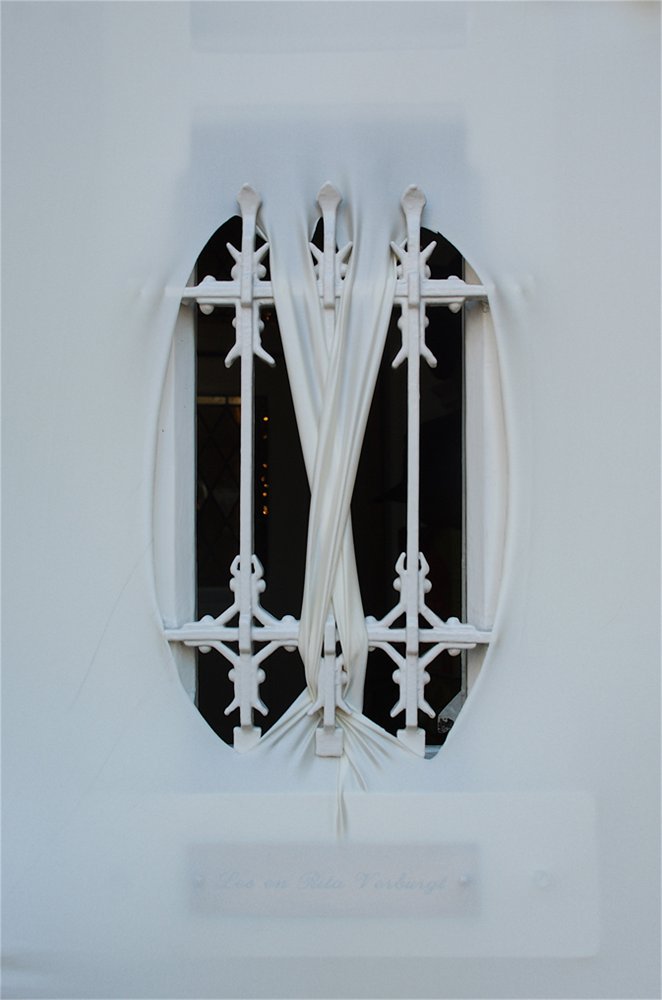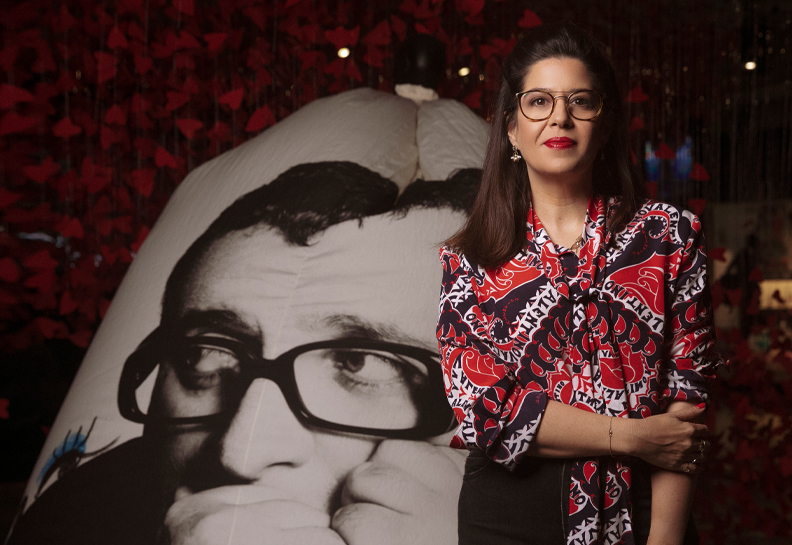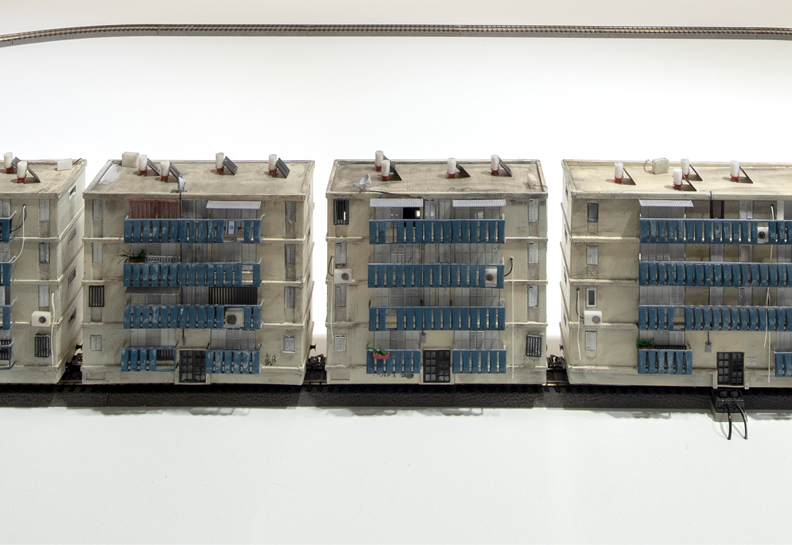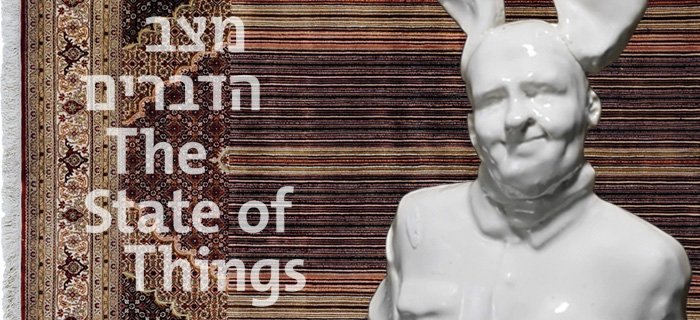Laura Lynn Jansen’s trash bags hang in a white row on the wall of the museum’s upper gallery, too beautiful to be real garbage bins, they look almost like living, breathing creatur
Laura Lynn Jansen’s trash bags hang in a white row on the wall of the museum’s upper gallery. Too beautiful to be real garbage bins, they look almost like living, breathing creatures. Made of fabric, they resemble a womb, containing internal organs which in this case are actually used plastic products. The project is a new way of collecting plastics and an attempt at creating a different esthetic in our urban landscape.
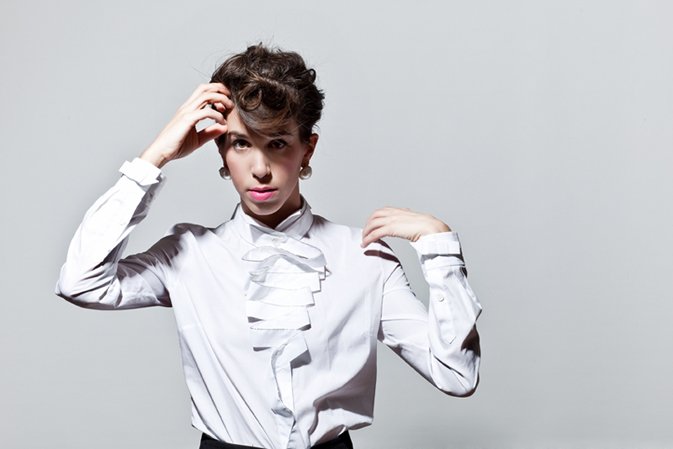
Jansen , a young designer, recently graduated from the well known Design Academy Eindhoven. Since completing her studies in 2008, she has been working in different fields and exhibiting around the world. There is much sensitivity and emotion to her designs, and her esthetic is defined by clean shapes, forms and colors. Precise and pragmatic, yet dreamy and poetic.
How does “wastesthetics” fit in with the concept of the “Post Fossil” exhibition?Do you see yourself as one of the “Post Fossil” generation of designers, as defined by show curator, Li Edelkoort?
“In ‘Post Fossil’ Li Edelkoort talks about freedom, designers who create with complete freedom and therefore are challenging our traditional perceptions of design. She asks ‘Can man find a more meaningful way to consume?’ I think the freedom I allow myself is so striking because it radically questions and rethinks the parameters that have determined design in the past. Freedom has two sides. On one side, the freedom I have to explore my multiple talents. The other side is the interest I pay to different disciplines, overturning the conventional notions of design. This I suppose makes me a ‘Post Fossil’ designer.”
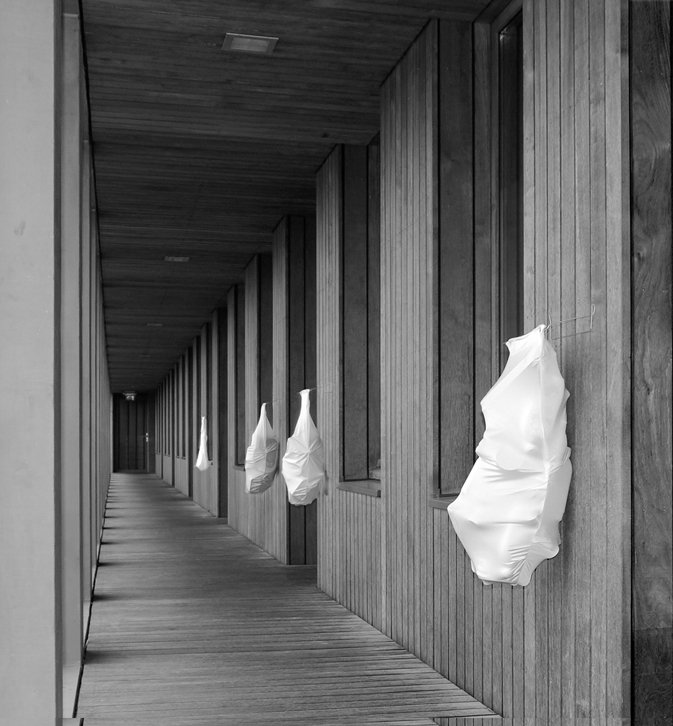
Tell us a little bit about “wastesthetics” from the “Post Fossil” exhibition.
“‘Wastesthetics’ is a new way of collecting plastics. I put plastic packaging into a transparent bag, created a vacuum and discovered that it took on aesthetically attractive forms. This inspired me to make a garbage bag from a stretch material reminiscent of mother of pearl. By being able to see the shapes inside, the bag becomes a kind of work of art that changes its form every day. This is my attempt at creating a new scene: making the public space into a more intimate and personal one”.
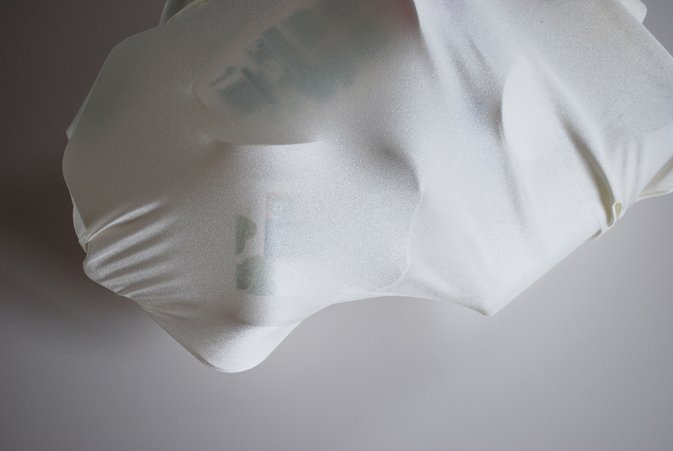
Jansen envisions streets filled with shiny white shapes, on every façade a different one. Streets where garbage bags become a type of self portrait. On the basis of the bag, you can say something about someone’s identity: what and how much do they consume? We will all be able to be more awake of our consumption once it takes on real physical form.
“I hope that ‘wastesthetics’ will make people aware of how much garbage they produce by underlining the shape and contour of changing waste. The dirtiest becomes an object of esthetical beauty”.
Folds and pleats are very present in all of Jansen’s works: the fold as inspiration, as an image and as an important detail in the final design. An example is “inbetween”, a wallpaper design for interiors, in which printed folds give a new feel to walls. Here, Jansen flirts with ideas from the textile and fashion world, exploring the boundaries between two and three dimensions. Soft folds replace and cover the empty white interior space of a house.
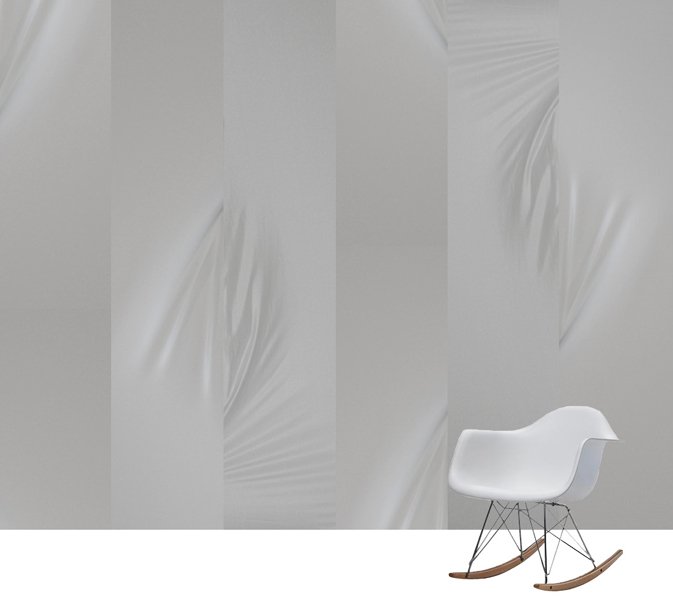
You seem fascinated by fashion and the human form in your works even though you are not a fashion designer. “I’ve always been interested in fashion. As a little girl I used to sew dresses for my dolls with my grandmother. During my studies at the Design Academy Eindhoven, in the department Man and Public Space, I developed my interest in architecture, larger scale surroundings and programming. I noticed the similarity between fashion and architecture; fashion designers create garments for the human body, while, architects create buildings large enough for many bodies to inhabit simultaneously. Regardless of the scale, the point of origin for both practices is the body. Both protect and shelter and are a way of expressing personal, cultural, religious and political ideas. Also, both disciplines begin their creative process with a flat two-dimensional medium, transforming it to create complex three-dimensional forms”. This similarity can be seen in the project ‘stretching boundaries’. Here a flat, technical drawing of a front door evolves into a pattern for a tailored-made suit. It’s a series of ‘haute couture’ for the public space.
Jansen stretches fabrics over doors turning them into objects with skin and membranes. By doing so, she challenges the function of the door as a transitional object. The door is the ‘in between’, symbolizing the transition area between public and private space.
Is functionality important to you as a designer? Do you think design must be functional?
“Design has to function fascinating. That’s why I try to emphasize the design and the functionality. Both have to have the same value and importance. Sometimes you can be triggered by the aesthetics, sometimes by the function. In addition to the correlation between those two elements, the feeling and meaning of design are also important values. Design should fascinate, trigger and make you wonder, smile, think, and dream in everyday life”.
What are you working on now? Dreams and plans for the future?
“I want to focus on the process of thinking, doubting and creating, regardless of the field. Maybe the process is actually the result? That’s true freedom. As Janis Joplin says; ‘Freedom is just another word for nothing left to lose’.The world is changing rapidly, and the design profession is changing along with it. How should designers relate to this changing world and what is their role in it? I am going back to the Design Academy this September to start a Masters program, to sharpen the intellect and be aware of the world around me”.
To the Post Fossil exhibition page >>To Laura Lynn Jansen web site >>
